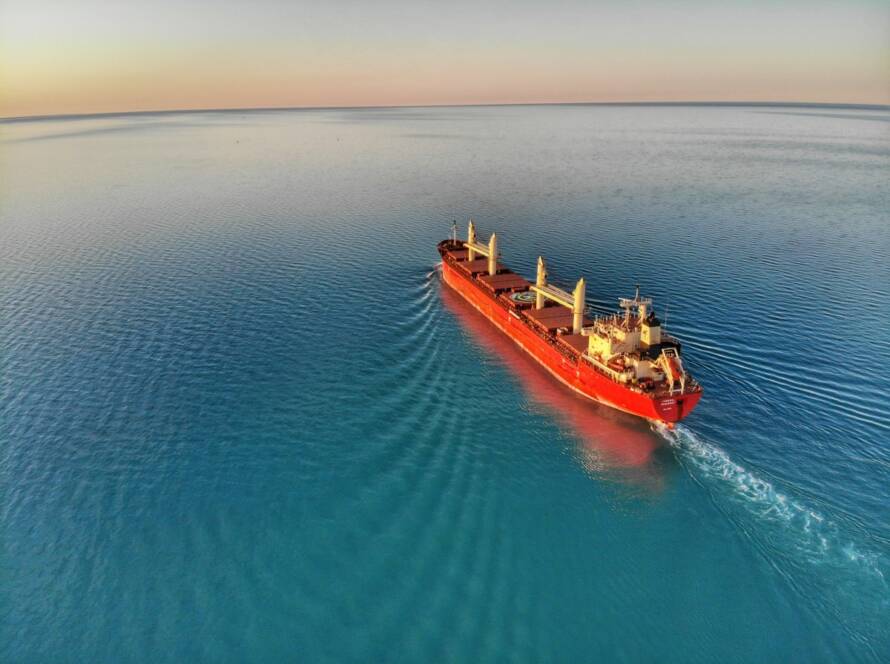In the enigmatic depths of our oceans lie mysteries waiting to be unraveled—unseen landscapes, unique ecosystems, and remnants of history that have long been hidden from human eyes. It is in this realm that Remotely Operated Vehicles (ROVs) emerge as a crucial technological marvel, bridging the gap between the surface and the profound depths, allowing us to explore and understand the secrets of the underwater world.
ROVs are robotic devices tethered to a surface vessel, designed to operate in challenging environments, primarily underwater. They serve a multitude of purposes, from scientific research to commercial applications and military endeavors. These machines are equipped with an array of sophisticated instruments and cameras, allowing operators to explore, study, and manipulate the underwater environment from afar.

The Anatomy of ROVs:
These machines come in various shapes and sizes, ranging from compact models used for inspection to larger, more complex ones employed for deep-sea exploration. Generally, an ROV comprises essential components:
- Frame and Propulsion: The body of an ROV is typically constructed from strong, lightweight materials like aluminum or composite materials. Propulsion systems, often using thrusters, enable movement and navigation underwater.
- Tether: An umbilical cord connects the ROV to the surface vessel, providing power, communication, and control. This tether allows operators to maneuver the ROV and receive real-time data and video feed.
- Sensors and Cameras: Equipped with high-definition cameras, sonars, sensors, and other specialized equipment, ROVs capture detailed imagery and collect data, providing invaluable insights into the underwater environment.
- Manipulators and Tools: Some ROVs are fitted with robotic arms and tools to perform tasks such as collecting samples, repairing underwater infrastructure, or retrieving artifacts.
Applications of ROVs:
The versatility of ROVs lends itself to a wide array of applications:
- Scientific Research: ROVs play a pivotal role in marine biology, oceanography, and geological studies. They explore ecosystems, document marine life, and collect samples from extreme environments such as hydrothermal vents or deep-sea trenches.
- Oil and Gas Industry: In offshore oil drilling, ROVs are used for pipeline inspections, maintenance, and repairs at significant depths, reducing the need for human divers in hazardous conditions.
- Infrastructure Inspection: They aid in the inspection and maintenance of underwater structures such as dams, bridges, and underwater cables, ensuring their integrity and safety.
- Archaeological Exploration: ROVs are invaluable in exploring shipwrecks and underwater archaeological sites, preserving historical artifacts, and uncovering ancient mysteries.
Challenges and Future Prospects:
Despite their capabilities, ROVs face challenges, including the high cost of development and operation, limitations in maneuverability in complex terrains, and the need for continuous technological advancements to withstand extreme pressures and temperatures.
Looking ahead, advancements in robotics, artificial intelligence, and material sciences promise to enhance the capabilities of ROVs. Improvements in autonomy and sensor technologies aim to make these machines more adaptable, efficient, and capable of conducting autonomous missions in the depths, furthering our understanding of the oceans.
In conclusion, Remotely Operated Vehicles serve as indispensable tools in unlocking the secrets of the underwater world. As technology progresses, these robotic marvels will continue to push the boundaries of exploration, enabling us to delve deeper into the ocean’s mysteries and expand our knowledge of this vast and mesmerizing realm.


